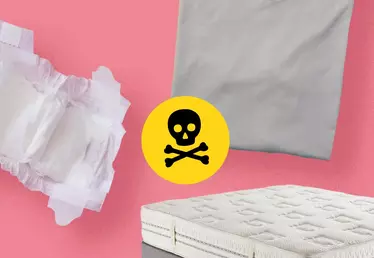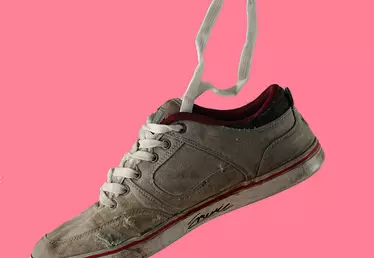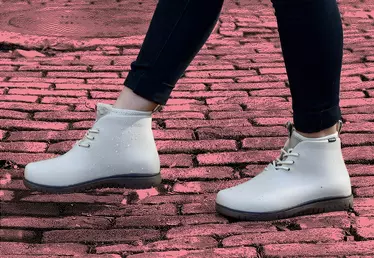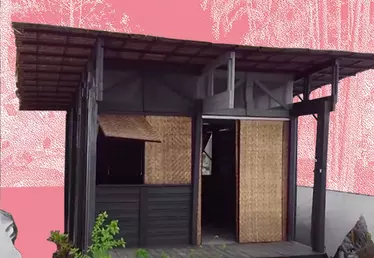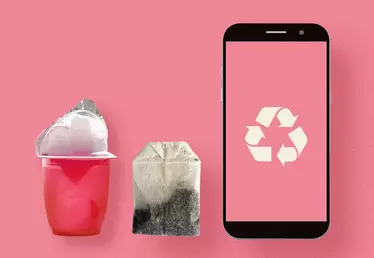
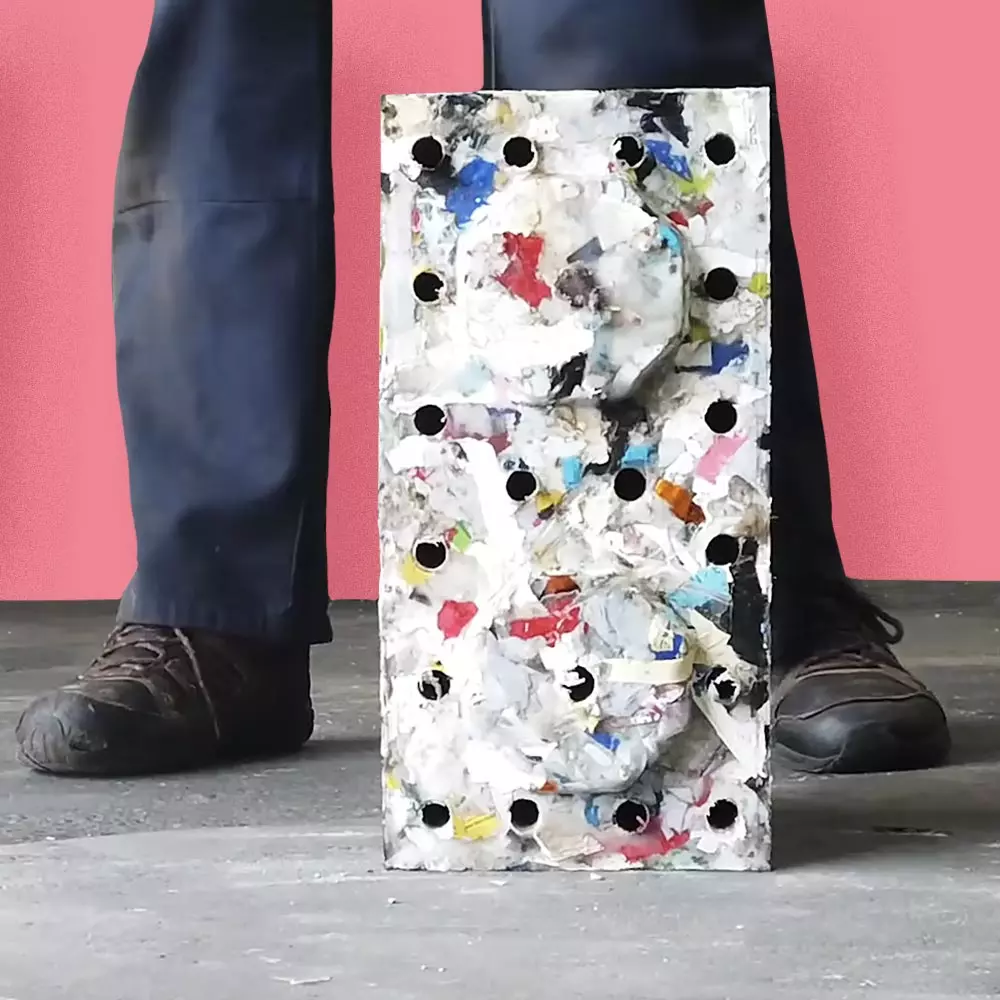
Hero banner custom title
ByBlock: Cinder blocks made from recycled plastic yet stronger than concrete
3 min
A Los Angeles start-up is using ocean plastic waste to manufacture a cinder block that is sturdier than concrete – an innovation that advances the cause of sustainable construction, in part because its production generates less CO2 than concrete does.
Plastic waste damages the environment by polluting natural ecosystems. This occurs, for instance, when it is dumped in the ocean; or when it is incinerated and generates toxic emissions. Current remedies are also insufficient, with a recent Science Advances journal study finding that a mere 9% of the billions of tonnes of plastic produced in recent decades were recycled.
A Californian start-up named ByFusion has been developing its own way of addressing this problem since 2017. The company’s idea is to transform non-recyclable plastic waste into ready-to-use cinder blocks – with the ultimate goal of recycling 100 million tonnes of plastic by the year 2030.
The genius idea of turning recyclates into a low-carbon building material
“It’s amazing all the things that can’t be recycled. Basically everything people touch, ranging from pens to toothbrushes. What’s interesting about our technology is that we designed our system around items that have no value per se, meaning stuff that isn’t recyclable”.
As reported by American media, the starting point for this entrepreneur’s venture was her discovery that it is impossible to recycle all the seven main categories of plastic currently found in the market. In her words, “Plastic used to be sold in China and other places but that whole stream dried up in 2017”.
ByFusion’s innovation was to design a machine that uses steam and compression technology to make 40x20x20cm bricks from plastic waste – without the need for any further sorting or cleaning operations (or indeed, for any chemical inputs). Not to mention the fact that, as one company video recalls, the resulting insulation material – “versatile, high-performance…reusable and entirely made from non-recyclable plastic waste” – will be ultimately stronger than concrete.
The plastic blocks’ assembly has also been facilitated by the fact that they are made to anchor onto one another, much like pieces of Lego do. ByFusion claims they take 65% less time to install than concrete blocks. On top of this, they are water-resistant; capable of bearing heavy loads; and designed to “fit onto traditional building materials like wood, steel and cement”.
The goal is to reduce buildings’ environmental impact
Above and beyond the blocks’ reuse of plastic, they feature the additional advantage of offering the building sector a greener modus operandi.
The Global Cement and Concrete Association’s own estimates are that cement production currently causes 7% of all CO2 emissions worldwide, three times more than aviation, for example.
Data from ByFusion, on the other hand, has shown that producing plastic blocks emits 83% less CO2 than their concrete alternatives. Furthermore, no further waste is generated when such items are manufactured, if only because one tonne of plastic inputs equals one tonne of Byblock outputs. To achieve its goal of recycling 100 million tonnes of plastic within the next eight years, Byfusion is hoping to partner with governments, local authorities and companies aspiring to invest in similarly eco-responsible practices.






